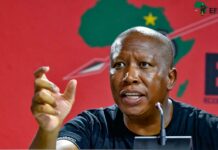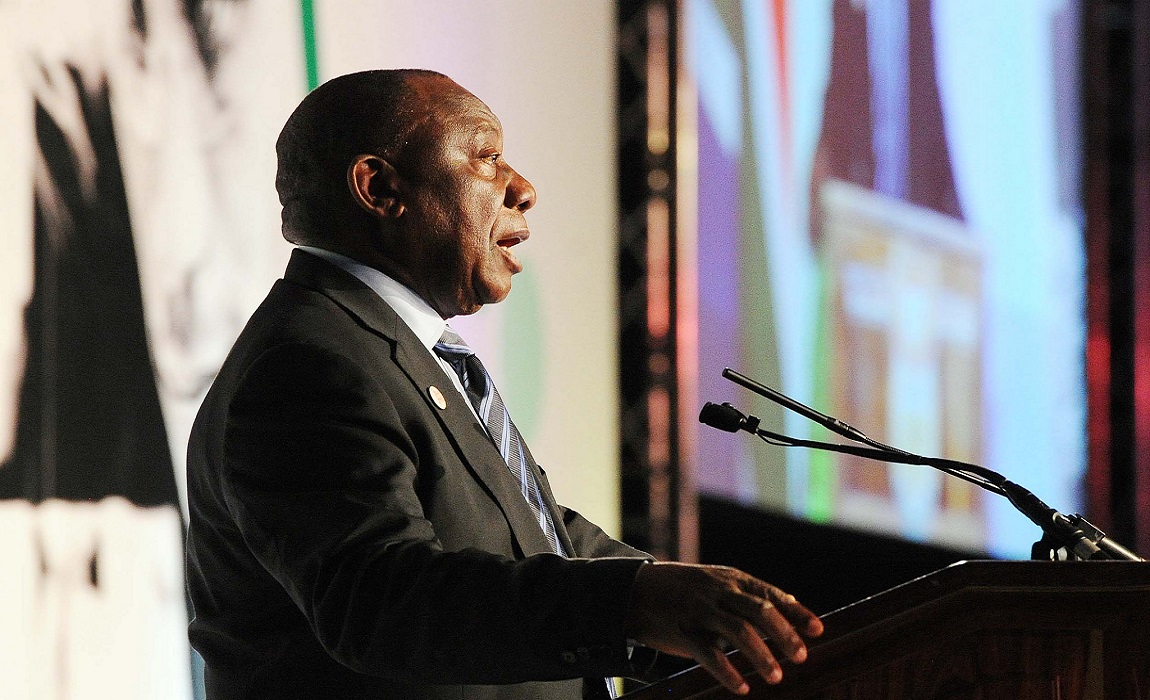More white and Indian kids are going on to higher education today than 12 years ago, but for black and coloured kids, it’s still an uphill battle. This needs to change – and fast.
On Wednesday, Statistics South Africa released the results of the 2016 General Household Survey, which asked 16.7 million households questions about their education, health, social development, housing, household access to services and facilities, food security, and agriculture.
The survey found that only 3.3% of black youths aged 18 to 29 and 3.5% of coloured youths attended institutions of higher education last year. These numbers have barely budged in 12 years. In comparison, 18.8% of Indian and Asian youths and 17.5% of white youths attended higher education institutions.
While the percentages of black and coloured youth in higher education have stayed stagnant, there was an almost 6% increase in Indian/Asian youth and an almost 2% increase in white youth who attended higher education.
These figures reflect the inequalities we see in society. Most young black and coloured people face huge socio-economic challenges and often have to contend with dysfunctional schooling from preschool level up through to matric. If we are to improve the number of black and coloured kids making it to university and technikons, we need to start from the bottom.
In their submission to the Fees Commission last year, the non-profit organisation Equal Education (EE) called for a more holistic approach to improving the education system, saying poor and under-resourced schools produce weak learners who struggle when they get to university. “Higher education is not isolated; success there requires success from pre-Grade R level. South Africa needs to invest in all stages of education,†they said.
EE also called for universities to create an enabling environment for students in the higher education system, and supply them with the “financial, infrastructural and intellectual resources” required for them to benefit from and fully participate in higher education.
“Few students who don’t come from private or well-resourced urban schools make the grade for admission into university courses and even fewer for particularly highly prized courses,†they said.
Overall, the proportion of people between 18 and 29 who are in higher education increased from 4% in 2002 to 4.5% in 2016 – that’s a mere 0.5% increase in 14 years.
Salim Vally, director of Centre for Education Rights and Transformation (CERT) told The Daily Vox that compared to other countries, levels of university enrolment in South Africa are not, on the whole, very high. Given the need to rectify inequalities perpetuated by apartheid, the increase should be much higher, he said.
But it does not begin and end with universities. Government has a responsibility to create more spaces for black students.
In May, higher education minister Blade Nzimande said the state would invest R2.5 billion over five years in historically disadvantaged institutions, starting in the 2018 academic year. This is great news, but it will come about 25 years too late. We also have to ask how far that budget would spread and how many additional spaces at universities and technikons it will it open up.
Right now, damage control is needed. Black people make up the majority of the population in South Africa and also experience the highest rates of poverty in the country. For many young black South Africans, higher education is the only way to ensure that they can find meaningful employment and lift themselves – and their families – out of poverty.
We need a quicker turnaround for improving university infrastructure and teaching capacity, and for setting up fully-funded higher education institutes. (If you want to know where the funding can come from, perhaps look through the #GuptaEmails). If we continue to ignore the plight of black youth, we are perpetuating the cycle of poverty established by apartheid.









